[ad_1]
Found in both hops and cannabis, myrcene plays a huge role in the terpene profiles of the most popular cannabis cultivars and IPAs. Beyond contributing a funky, earthy, herbal aroma, this terpene has numerous well-documented medical benefits.
What is Myrcene?
Myrcene gets its name from Myrcia sphaerocarpa, a shrub from Brazil that contains lots of it and has long been used as a folk remedy for hypertension, diabetes, and diarrhea. Myrcene is a monoterpene, the smallest and simplest of the terpenes, and is found in high amounts in sweet basil, hops, mangos and cannabis. Myrcene is described as having an earthy, musky, herbal, clove-like aroma, but can be very pungent in higher concentrations, as in heavily hopped beers. Not surprisingly, hops and cannabis are both members of the family Cannabaceae.
Myrcene in Cannabis
A 1997 Swiss study analyzed various cannabis cultivars for 16 terpenes and found myrcene to be the most abundant terpene out of those studied (others included pinene, limonene, carene, humulene, bergamotene, terpinolene, and caryophyllene). The myrcene content varied between 29.4% and 65.8% of the total terpenes depending on the cultivar. The next most abundant terpene, trans-caryophyllene, was just 3.8% to 37.5% of the total terpenes. While that study is nearly thirty years old, it is still widely cited and widely accepted as accurate.
Does Myrcene Get You Higher?
One reason why myrcene could be so commonly found in cannabis is because some research suggests it could allow more absorption of cannabinoids across the blood-brain barrier (BBB). This effect of myrcene has been speculated about for years and long ago spawned a rumor that eating a ripe mango before smoking would get you higher. Despite a lot of hype about mangos and THC, research is very limited.
Many sources online cite this study as evidence mangos get you higher, but when reading the study, the researchers are quite clear that “there is limited robust data supporting this claim,” and only have one source to support it. While a 2023 study notes, “myrcene’s potential to improve the transportation of delta-9-THC across the blood–brain barrier presents a promising avenue for developing centrally penetrant AD therapeutics;” unfortunately, the source cited to support that claim doesn’t mention myrcene and is actually focused on the flavonoid quercetin. Yet another study looking at cannabinoids and the BBB did not mention myrcene, indicative that it has no impact on the BBB.
Medical Effects Of Myrcene
So while the effects of myrcene on the BBB may be a topic of hot debate, let’s get into the medical effects of myrcene that we are more certain of. Myrcene has a range of reported medical properties, including “antipsychotic, antioxidant, analgesic, anti-inflammatory, sedative, muscle relaxant, and anticarcinogenic properties,” as well as anti-anxiety and anti-ageing effects.
Over 30 years of research has shown myrcene has strong analgesic (pain relieving) and anti-inflammatory effects, both topically and internally, and suggested it be used for a new class of “aspirin-like drugs.” Over the years, hypotheses for these pain relieving effects have included the alpha 2-adrenoceptor (a major receptor for caffeine) and the TRPV1 capsaicin/vanilloid ion channel (involved in regulating pain and a receptor site for CBD). A 2022 study is the first to note that topical myrcene has “no synergistic effect with CBD.”
Some of the earliest research on the analgesic effects of myrcene also showed it to be a sedative, which has only been supported by more recent research. In 2002, high doses of myrcene were found to potentiate the effects of the narcotic phenobarbital, as well as having powerful sedating and motor relaxant effects of its own. In a 2016 interview, cannabis researcher, Dr. Ethan Russo, noted that “sedation in most common Cannabis strains is attributable to their myrcene content, a monoterpene with a strongly sedative couch-lock effect.”
In 2010, the National Toxicology Program found “equivocal evidence of carcinogenic activity of beta-myrcene,” meaning myrcene was shown to cause cancer. Five years later, The California EPA listed beta-myrcene as a cancer causing compound. While this 2020 study does note those potential cancerous effects of myrcene it also notes it could have anti-carcinogenic effects.
One final piece of less-than-positive news about myrcene is that a 2023 study found it “was associated with statistically significant reductions in speed control and increased errors on a divided attention task.” This was the first study to look at myrcene’s impact on drivers and it appears to contribute to cannabis’ effects on driving-impairment.
Conversion of Myrcene to Hashishene
In 2014, a team of French researchers were looking at hash samples from Morocco and discovered a totally new terpene, which they named hashishene. They also uncovered the mysterious origins of this terpene, that it was in fact a mutated form of myrcene, created by photo-oxidation, exposure to UV light and oxygen during the sun drying process. As hashishene is a mutant form of myrcene, it is also a monoterpene and has the exact same atoms in a different arrangement.
A Quick Hit
Myrcene has been used as a folk remedy to treat a wide range of diseases, and this terpene has been heavily researched, showing many promising medical effects, though some potential risk of cancer. Despite some rumors about myrcene causing THC to have stronger psychoactive effects, research to support those claims is very limited.
[ad_2]




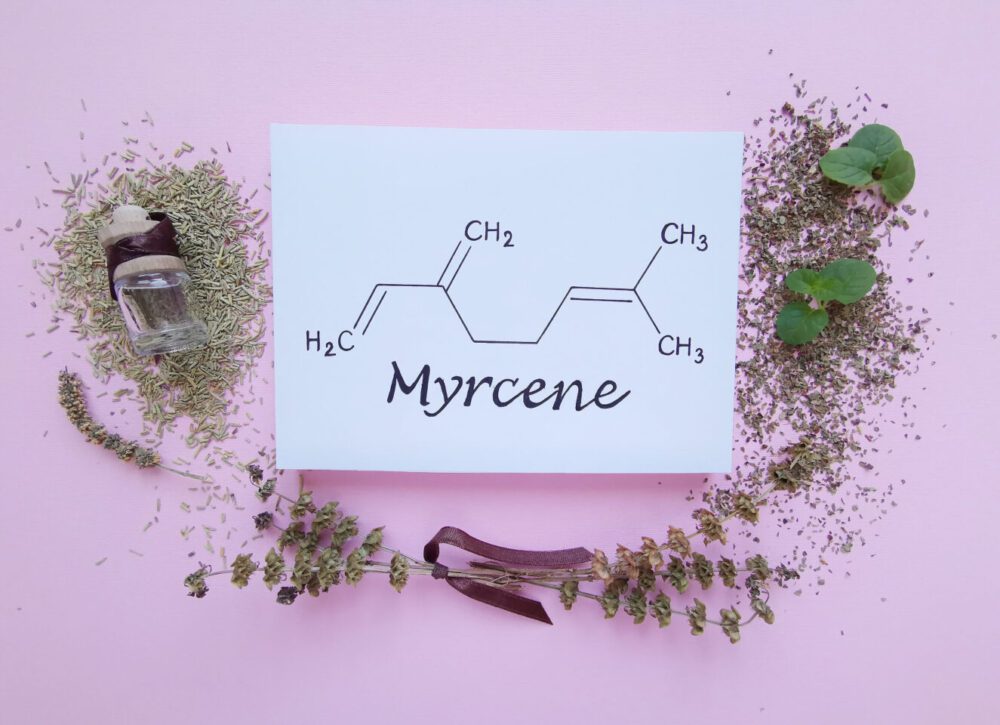

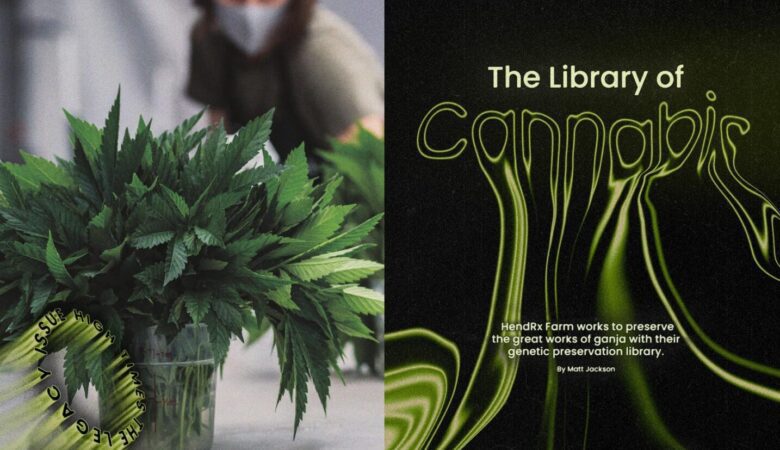
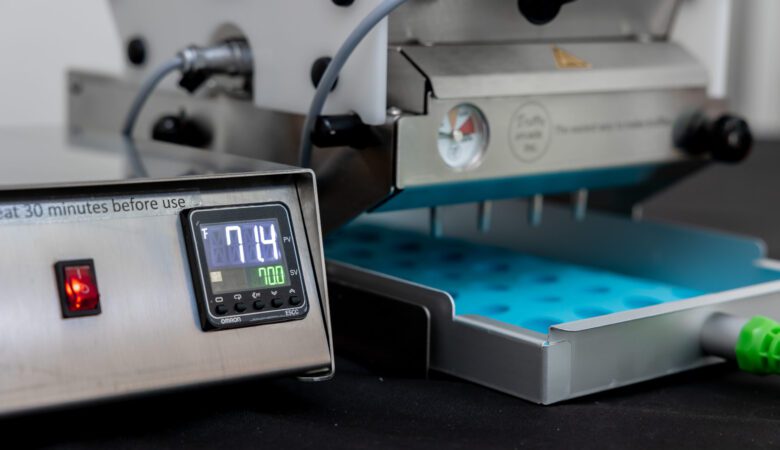

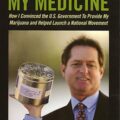
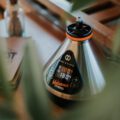

Leave a Reply